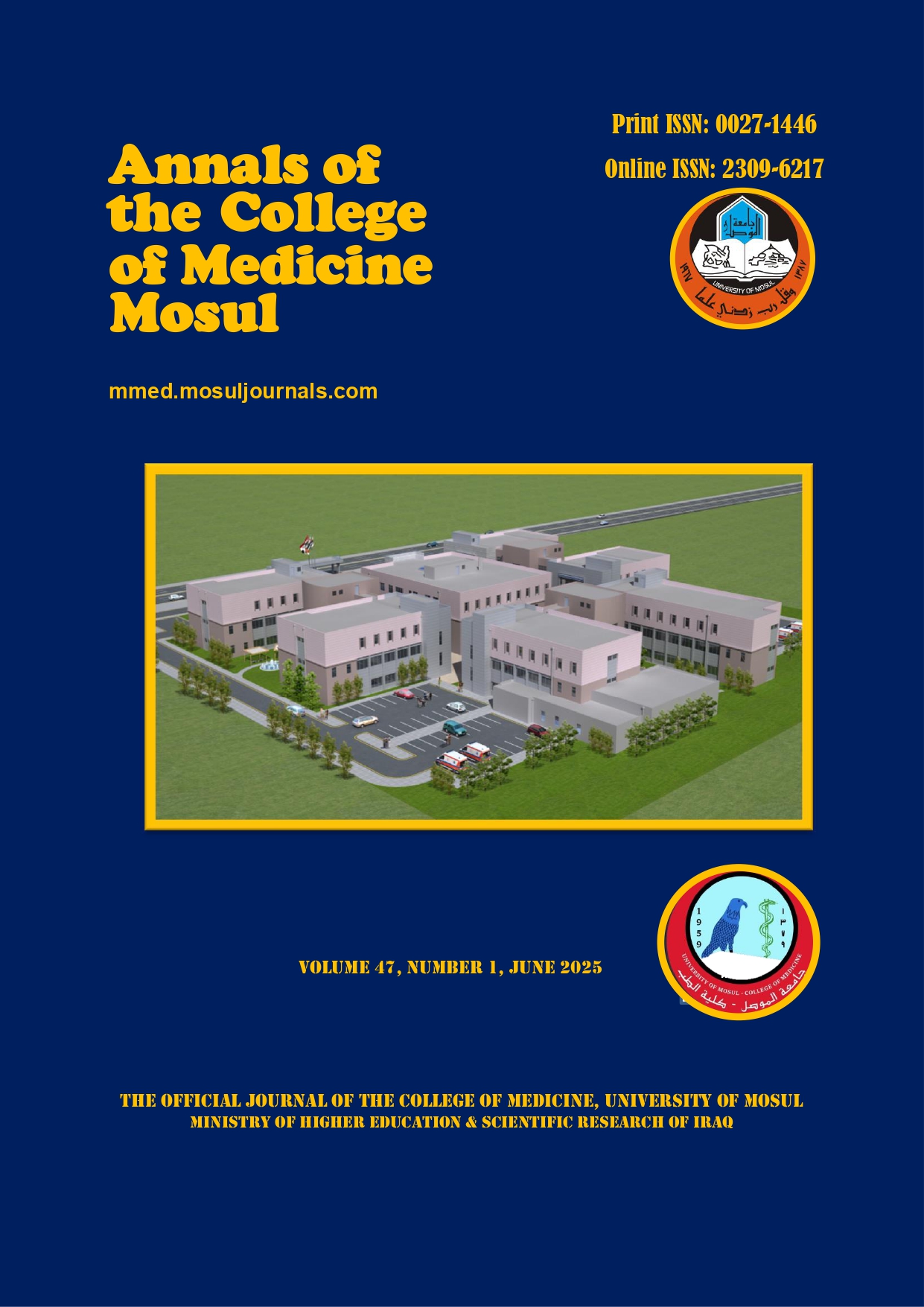Evaluation of Anatomy Multiple Choice Questions for First and Second-year Students in the College of Medicine, University of Mosul
Abstract
Background: The ability to generate a high-quality multiple-choice question (MCQ) is a very important skill for every medical educator. Analysis of these questions is an important post-test evaluation step that will give valuable feedback to the item (MCQ) constructor regarding how difficult and discriminative each item was. Moreover, the effectiveness of each alternative is also investigated and their efficiency is calculated.
Objectives: To evaluate the quality of MCQs used in Anatomy exam over a period of 2 years.
Materials and methods: A cross-sectional study was conducted to analyze 320 MCQs used in four anatomy tests. For each item, the difficulty index (DIF), discrimination index (DI) and distractor efficiency (DE) were calculated.
Results: The mean difficulty of the four tests ranges between 57.35-61.52. The majority of MCQs were either of average difficulty (39.7%) or moderately easy (35.3%). Seventy per cent of MCQs were highly discriminative with DI above 0.4. The efficiency of the distractors was 100% in 49.7% of questions. The four tests were highly reliable with KR-20 >0.9. A very strong negative and positive correlation was found between DIF and DE, DI and DE respectively.
Conclusion: The four anatomy tests showed high reliability and acceptable difficulty and discrimination reflecting competence in item writing. However, Conscious attention is always required while writing the distractors to eliminate any non-functioning ones thus Increasing the DE of the MCQ.
